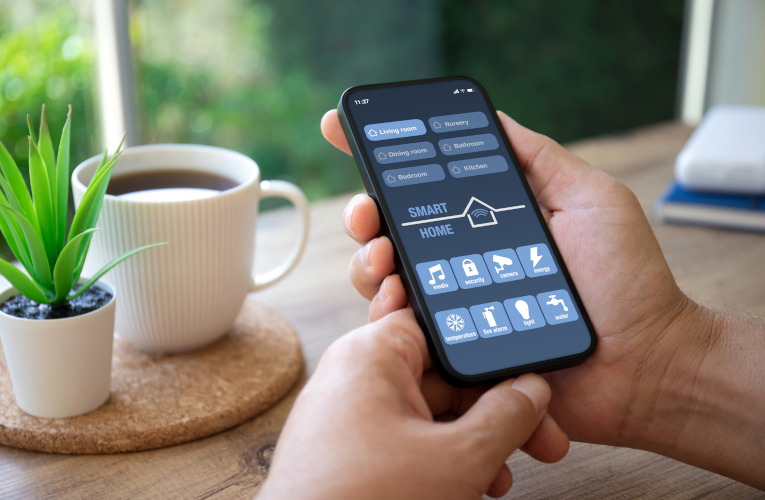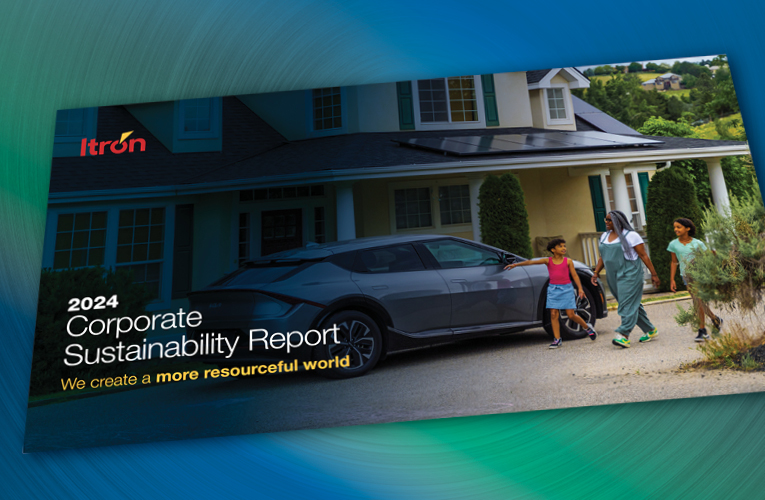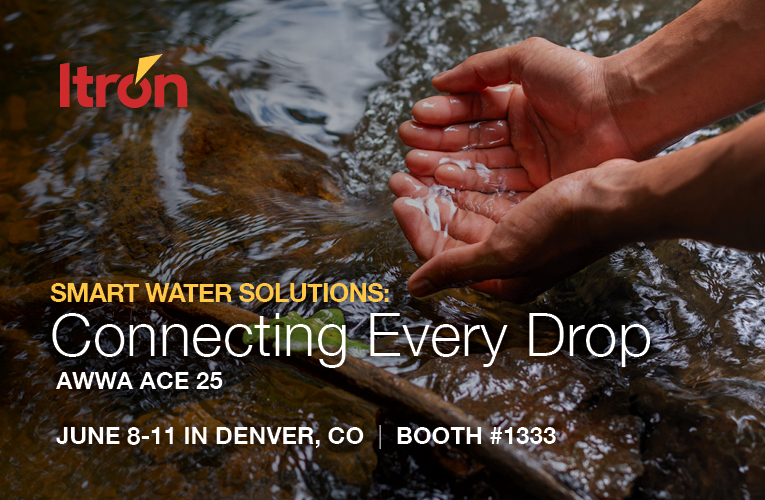
Industry Insights
DLMS COSEM Explained: The Backbone of Interoperability for Modern Utilities
As utilities continue to digitize operations, the technologies powering this transformation are only as effective as the standards they’re built on. In the first blog of our DLMS series, we explored the market forces driving the shift toward open, interoperable standards. Now, we’re digging deeper: What exactly is DLMS/COSEM (Device Language Message Specification / Comprehensive Semantic Model for Energy management)? How does it compare to other standards? And why are so many utilities around the world moving in this direction? Let’s get into it.
What Is DLMS?
DLMS/COSEM is a standardized, object-oriented data modeling framework that defines how data is exchanged between utility devices (like meters and endpoints) and Head End Systems (HES). There are three parts to this story:
- The COSEM “interface classes” (such as a register class) describe the properties and functions of all data items that utilities need (imagine a grocery list of ingredients). Instances of these interface classes are given specific semantic meaning and identities, when listed in a companion specification for a meter. When instances of the interface classes are given specific meaning and a unique identity in a companion specification, they are known as “Objects.”
- The DLMS Services (GET, SET, ACTION etc.) exist to allow a HES to access the data stored in a meter, by accessing the attributes of its Objects. This approach establishes a common language and protocol for communicating with electricity, gas and water meters.
- The final part of the story is OBIS (OBject Identification System), which gives a machine-readable name to the data objects in a meter, and exists as a property, or attribute of ALL Objects, and is known as “Logical Name.”
There are several other details required to fully describe what DLMS/COSEM is and is capable of, but that would take an entire episode on its own, so we will pause at this point and move on before we lose our way in the weeds.
Beyond Proprietary: DLMS vs. Other Standards and solutions
Historically, utilities have relied on proprietary solutions or regional standards, such as ANSI C12.19 utility tables in the US, to model metering data and enable communication. Some of these solutions for data exchange were also heavily reliant on the lower layer media that transported them. However, as newer technologies emerge and utility demands become more complex, these legacy standards can limit flexibility, scalability, transport media and vendor choice. DLMS/COSEM offers an alternative: an international, open standard designed to support a wide ecosystem of interoperable solutions. Unlike proprietary approaches, DLMS/COSEM supports multivendor compatibility, reduces lock-in and lays the foundation for smarter, more adaptive grids.
Why Utilities Are Embracing DLMS/COSEM
The value of DLMS extends beyond its technical architecture. Its broader benefits include:
- Well-Supported Ecosystem: A global community of vendors, solution providers and implementers promote collaboration, innovation and continued development.
- Comprehensive Tool Suite: Standardized testing and development tools simplify compliance and accelerate deployment timelines.
- Qualification Program: For Conformance and Compatibility, providing reassurance that devices meet the requirements of the core standards and the GCP.
- Global Recognition: Endorsed by leading standards organizations, including the International Electrotechnical Commission (IEC), CEN/CENELEC and ANSI/NEMA, DLMS is widely trusted as a foundational utility standard.
- Secure by Design: a comprehensive and extensible security framework that is designed to meet the weighty requirements of critical national infrastructure today and in the future.
- Accreditation Scheme: Recognition and certification for laboratories to provide testing against services against and accredited experts
Meet DLMS UA: The Driving Force Behind the Standard
The DLMS User Association (DLMS UA) is an independent, member-led organization responsible for stewarding the DLMS/COSEM standard and advancing interoperable, secure data exchange. Based in Switzerland, the association represents a diverse global membership (over 330 members) across 60+ countries.
Today, over 2,300 DLMS-certified products are deployed across the globe. DLMS/COSEM is used in over 65% of all smart meters globally (excluding China), making it the go-to global standard for metering data exchange and data modeling. DLMS UA also works closely with standards development organizations (SDOs), national standards bodies, technical consortia and utilities to ensure the standard continues to evolve to meet the growing needs of utilities around the world.
What This Means for Utilities
For utilities, adopting DLMS/COSEM and engaging with the DLMS UA provides a solid foundation for scaling digital infrastructure. Certified compatibility ensures seamless integration across a diverse vendor landscape, while standardized testing and development tools reduce complexity, costs and deployment time. With access to a broad supplier ecosystem and ongoing global support, utilities are well positioned to stay agile, resilient and ahead of the curve.
Looking Ahead: Certification and Beyond
DLMS is more than a standard, it’s a catalyst for innovation and operational excellence. Stay tuned for the next blog of our DLMS series, where we’ll take a closer look at the certification process and how utilities can start unlocking the full benefits of becoming DLMS UA certified.
Related Articles
HTML Example
A paragraph is a self-contained unit of a discourse in writing dealing with a particular point or idea. Paragraphs are usually an expected part of formal writing, used to organize longer prose.





